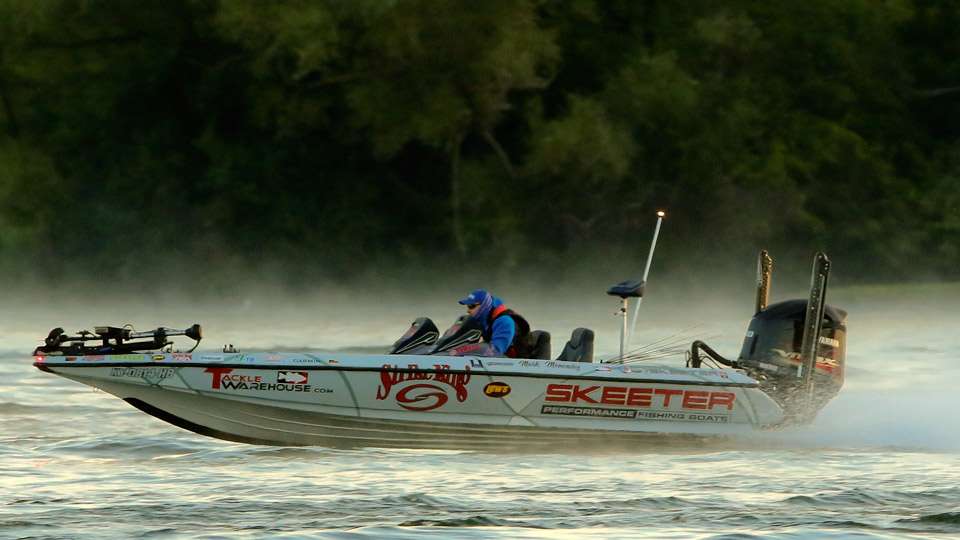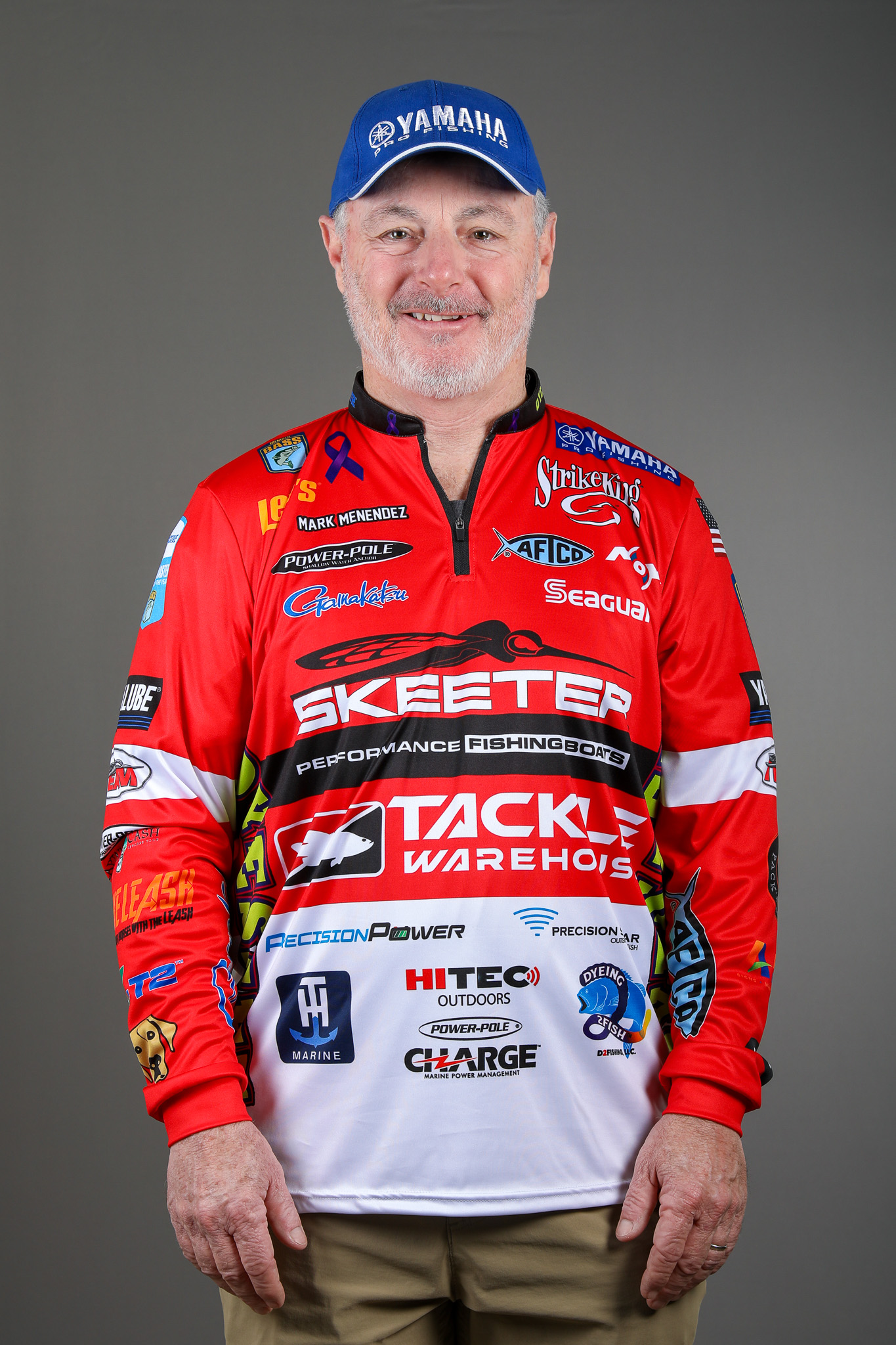
This time we’re going to talk about the fall turnover, but not from an angler’s perspective. If you’re going to fish the turnover, you have to first understand what it is, why it happens and what it does to the fish — prey and predators.
Most large reservoirs have a thermocline in the summer. Above it there’s oxygen, good water. Below it there’s little or no oxygen, bad water. The turnover pushes that good water down into the bad water. It’s caused by the upper water cooling, becoming denser and heavier and then forcing its way into and through the lower water.
The thermocline disappears and you are left with a mix of smelly, black water with a lot of partially rotted leaves and other types of debris floating around. It’s really not much different from flushing your toilet.
Things like a hard, quick cold snap or a lot of wind and cold rain — maybe a half inch or more — will drop the upper layer almost before you know it. I’ve seen turnovers develop here in Kentucky in 24-36 hours. Very few things happen that fast in nature. It causes issues for everything in the lake. And, this process can last for as much as four weeks, although mostly it’s over in just two.
From the prey’s point of view a turnover does two things. First, it forces them to drop down to try to find water with enough oxygen in it to allow them to survive. That is not an easy thing for them. They search both horizontally and vertically. They scatter everywhere. It can be somewhere between tough and impossible to find them.
While that’s happening the pressure of the heavier water over them also pushes them down. That adds to the problem of finding them. At times they’ll drop down to 50, 60 or even 70 feet. Finding scattered bait fish at those depths is no easy task.
The predators — bass for our purposes — react much the same way. One difference, though, is that they’re easier to find when they’re scattered and really deep because they’re bigger. You can find single fish with your electronics. That might not be all that great, but it’s better than not finding any.
Finding them is one thing. Making them bite is another. They don’t feed much in that nasty water. They mostly try to stay alive, and they do that by finding better water. If they find it, they will bite in one or two places.
The first, and most useful to the majority of anglers, is at really shallow depths. The wind and photosynthesis will put some oxygen in the first foot or two of water. Bass that normally wouldn’t hold that shallow will move in anyway.
The other place you’ll find some is in really deep water. In some reservoirs the water that’s in the 70 foot deep range will hold oxygen. The turnover doesn’t always reach down there. Like in the shallows, bass that normally wouldn’t hold that deep will do so in order to survive.
A third place that I’ll mention in passing is anywhere there’s a pretty good runoff into the lake. Creeks, ravines and the like will sometimes have running, tumbling water that puts oxygen into the water. Every species of fish in the lake will be attracted to the area where that water enters the lake.
However, beware of mud in those places. There’s nothing tougher on a bass, or on a bass angler, than cold, muddy water.
That’s the simple, scientific view of a fall turnover. You’ll get plenty of advice from other anglers on how to fish it and what techniques and lures are best. My goal in this column is to help everyone understand exactly what a turnover is and what effect it has on the ecosystem.





